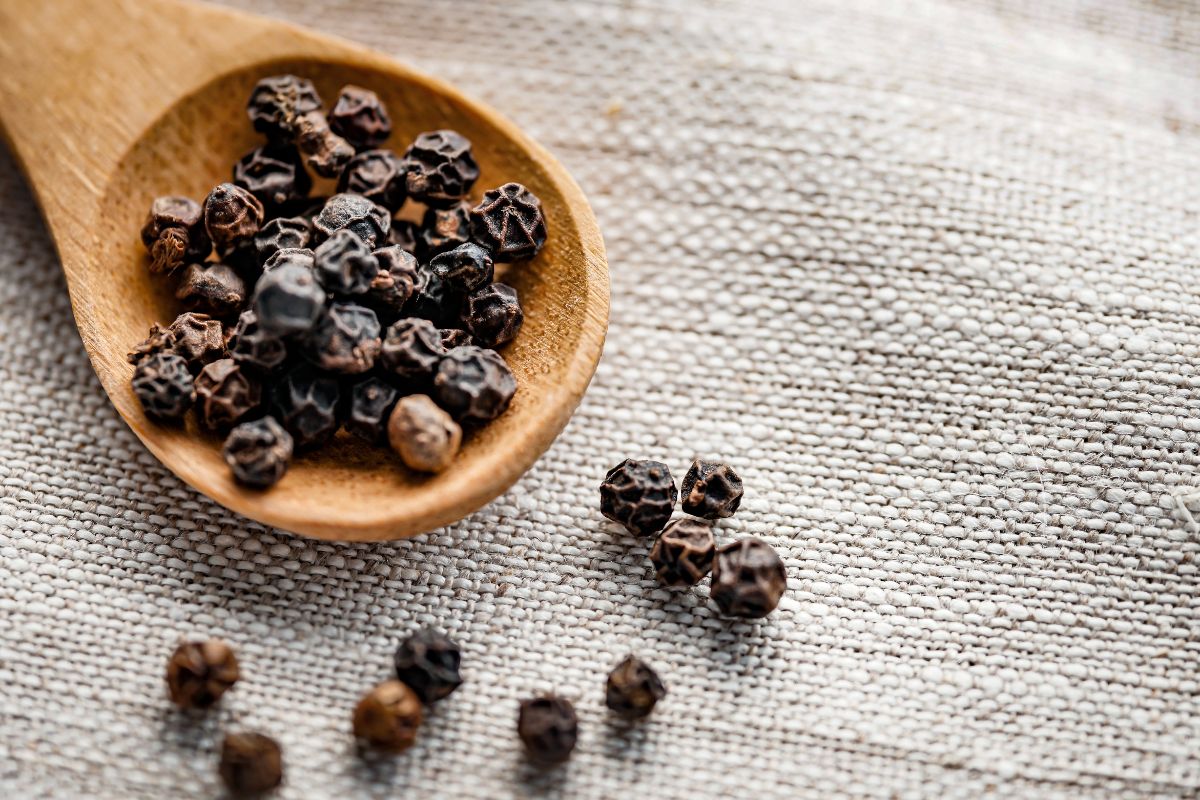Black and white pepper give that earthy and mildly spicy punch to culinary pieces. This spice is crucial in many recipes across various cuisines, yet sometimes you may need to use some of the best substitutes, such as allspice, capers, or peppercorns.
Table of Contents
Pepper flavor profile
When you hear the word pepper, you commonly imagine it as the black pepper used in many forms of cooking. Along with table salt, it’s also a popular condiment that helps you adjust the flavor of the dish you’re eating.
A must-have in any cook’s spice rack, this type of pepper adds an earthy and moderately spicy flavor to a recipe. Count on this spice’s flavor profile and mild heat level to give your culinary creation a pleasant kick.
What is the difference between black pepper and white pepper?
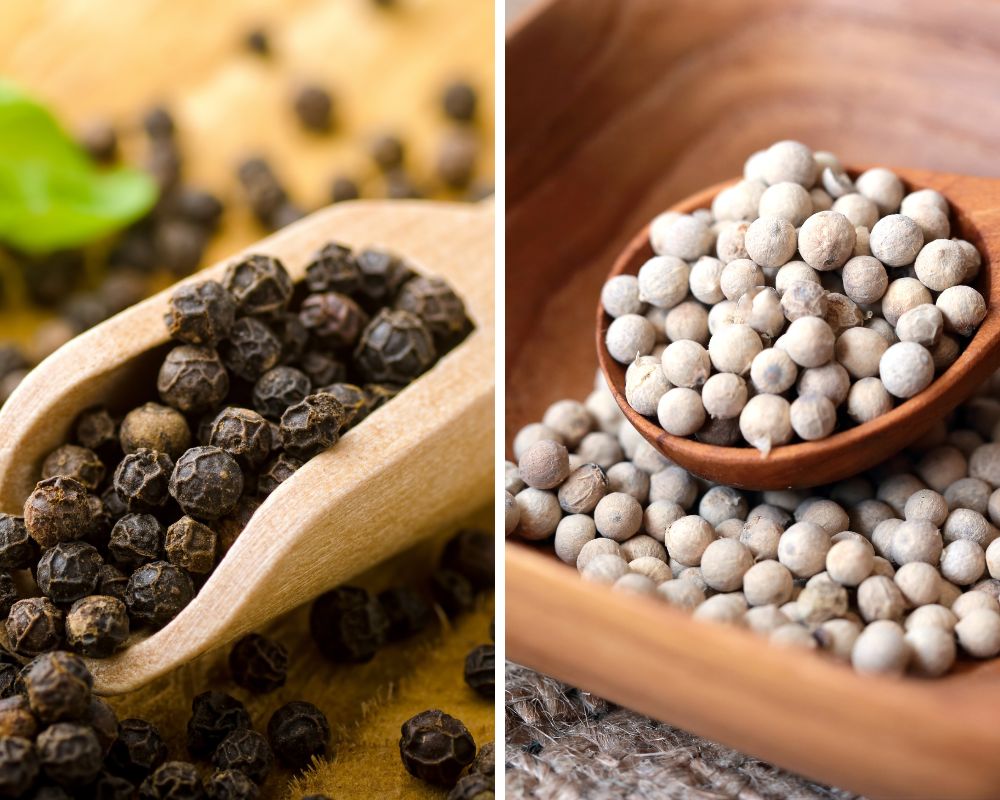
| Black peppercorns | Come from dried drupes (berry-like fruits) of the Indian-native vine Piper nigrum | Have strong flavor |
| White peppercorns | Are actually ripened black peppercorns | Have slightly fermented flavor |
Black peppercorns come from dried drupes (berry-like fruits) of the Indian-native vine Piper nigrum. They are harvested at a not-quite-ripe stage and cooked and dried to add a relatively strong flavor.
White peppercorns, on the other hand, are ripened black peppercorns. They are soaked to remove the outer skin, which is why they give you that slightly fermented flavor. They’re the light-colored seeds of the drupes and have a smoother texture than their black counterparts.
These types of pepper are not to be confused with pink peppercorns, the intense and slightly sweet dried berries of the Baeis rose plant. They are also different from Sichuan peppercorns, the dried berries of the prickly ash shrub, and chili pepper, the hot-flavored fruit of Capsicum pepper plants.
Capsicums also include bell peppers, jalapeno peppers, Thai peppers, tabasco peppers, and serrano peppers.
What is the culinary use for pepper?
An all-around spice, pepper is a trusty ally of professional chefs and home cooks.
Use it to add earthy flavor and the right amount of spice to several dishes with meat, fish, and vegetables — whether fried or as part of stews and soups. Incorporate smoked black peppercorns into your recipe if you want to give your grilled creations some subtle smoky flavor.
You can also use pepper as part of spice mixtures, rubs, and seasonings. For instance, it’s a key ingredient in popular flavor enhancers in India’s garam masala, cajun spice, and Mexican seasoning — alongside oregano, cloves, and garlic powder.
A dash of pepper can give a spicy kick to dips, salad dressings, toasts, and even just plain scrambled eggs.
What spices can I use instead of black pepper?
Are you looking for a black pepper replacement? You can use the following spices instead.
- Green peppercorns
- White peppercorns
- Pink peppercorns
- Brined green peppercorns
- Capers
- Chili powder
- Allspice
- Cayenne pepper
| Green peppercorns | Have a milder, fresher, and vegetable-like flavor, work with any recipe that requires black peppercorns |
| White peppercorns | Milder taste, same as green peppercorns |
| Pink peppercorns | Have a fruity flavor and a milder aroma, work with any recipe that requires black peppercorns |
| Brined green peppercorns | Have a bright and tart flavor and carry pine and juniper-like aromas, good for some sauces |
| Capers | These add sour and salty flavor, great for condiments and dressings |
| Chili powder | Hot, can be used as a cayenne pepper substitute also |
| Allspice | More nutty, used in Caribbean and Middle Eastern dishes |
| Cayenne pepper | Adds subtle smokiness, used in Korean dishes |
1. Green peppercorns
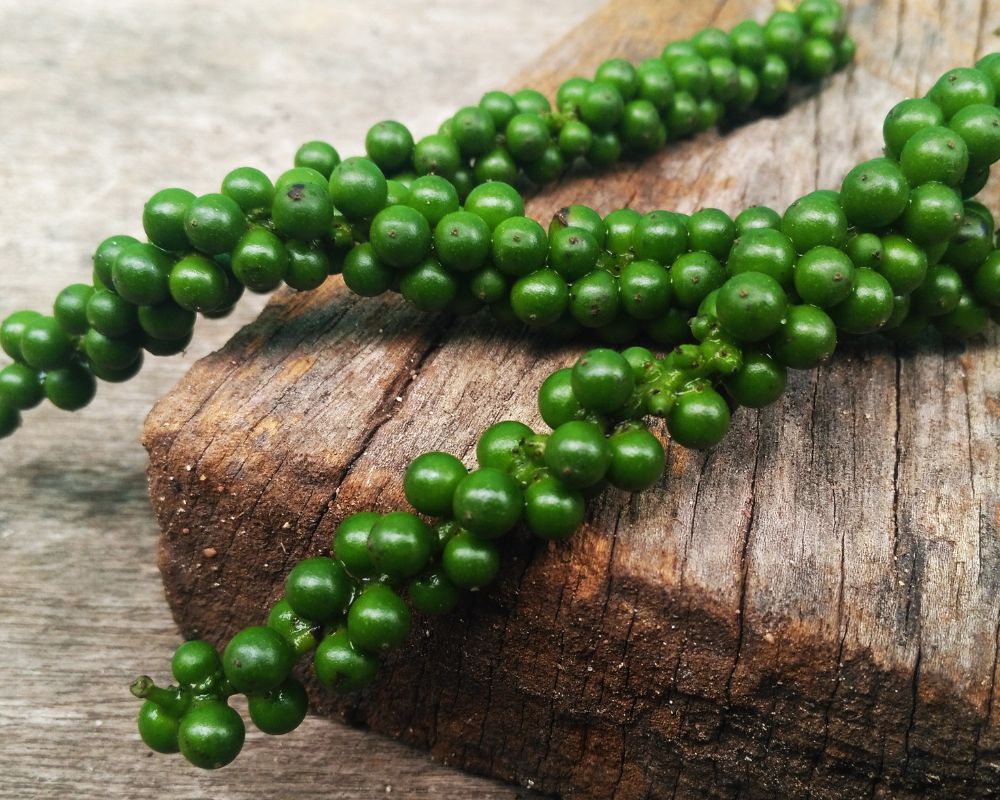
As they come from the same unripe fruit, green peppercorns can be used as a swap for recipes calling for black ones. They have a milder, fresher, and vegetable-like flavor, so add more green peppercorns to amp up the heat. Start with a 1:1 ratio and gradually add until it suits your taste.
2. White Peppercorns
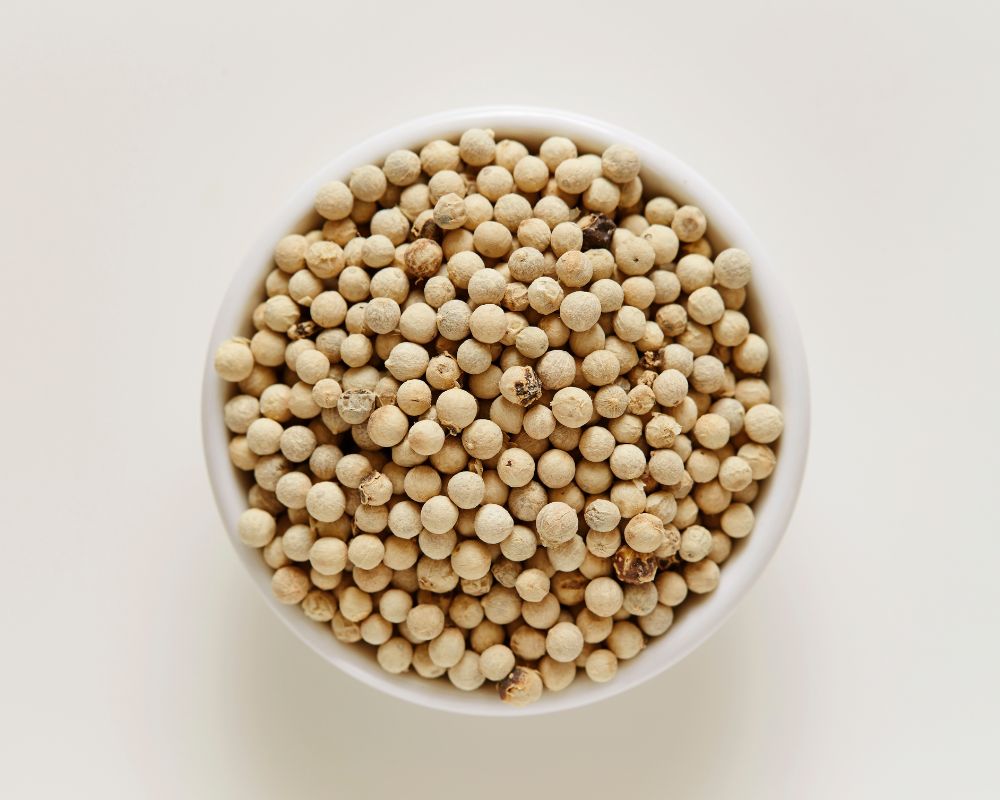
Black and white peppercorns can be used interchangeably. But as white ones are milder, you may have to add more when using them as a black pepper substitute — similar to green peppercorns.
3. Pink Peppercorns
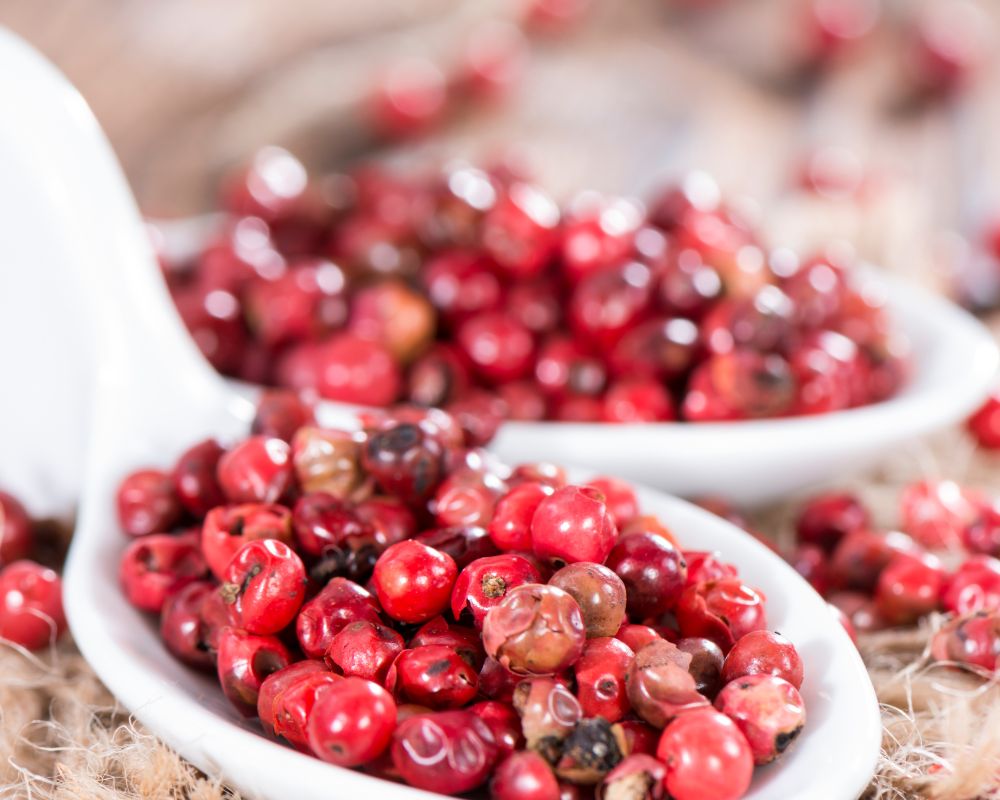
Pink peppercorns have a fruity flavor and a milder aroma than black peppercorns. They are also a good substitute for white peppercorns because they share the same fermentation process.
If you’re using them as a black pepper replacement, start with a 1:1 ratio, then add a bit until it matches your preference.
4. Brined Green Peppercorns
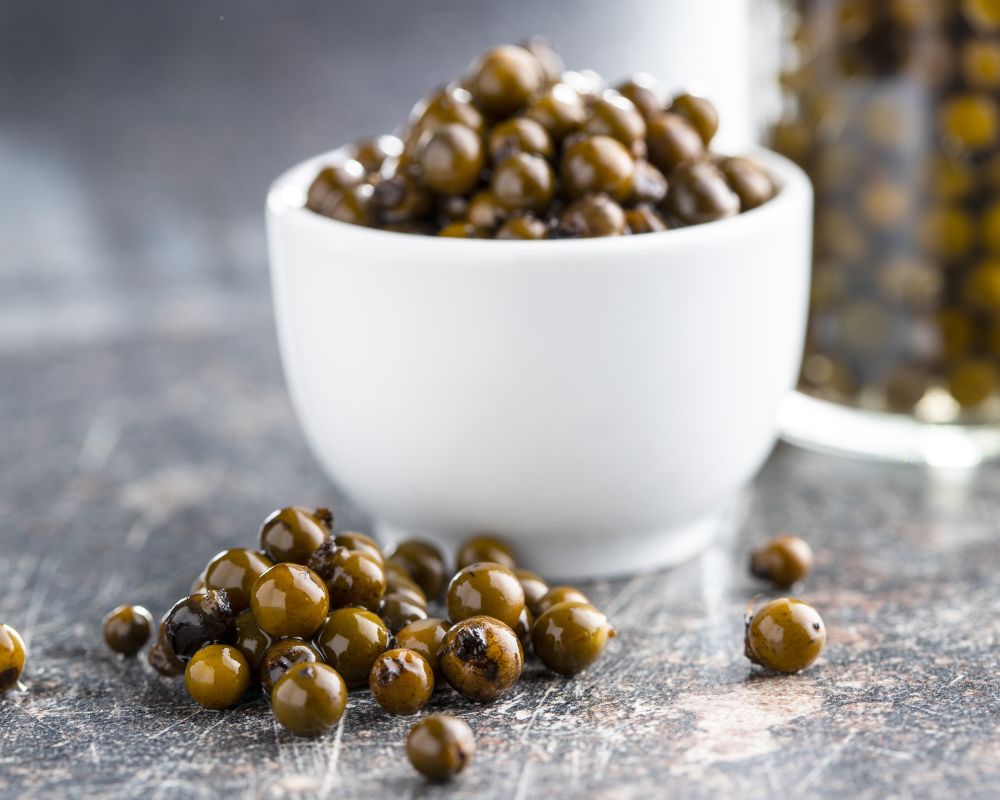
To preserve green peppercorns, they’re often brined or packed in a solution of water and salt. They have a bright and tart flavor and carry pine and juniper-like aromas. With a 1:1 ratio, use them as a swap in steaks and some sauces you want to add salinity and textural pop.
5. Capers
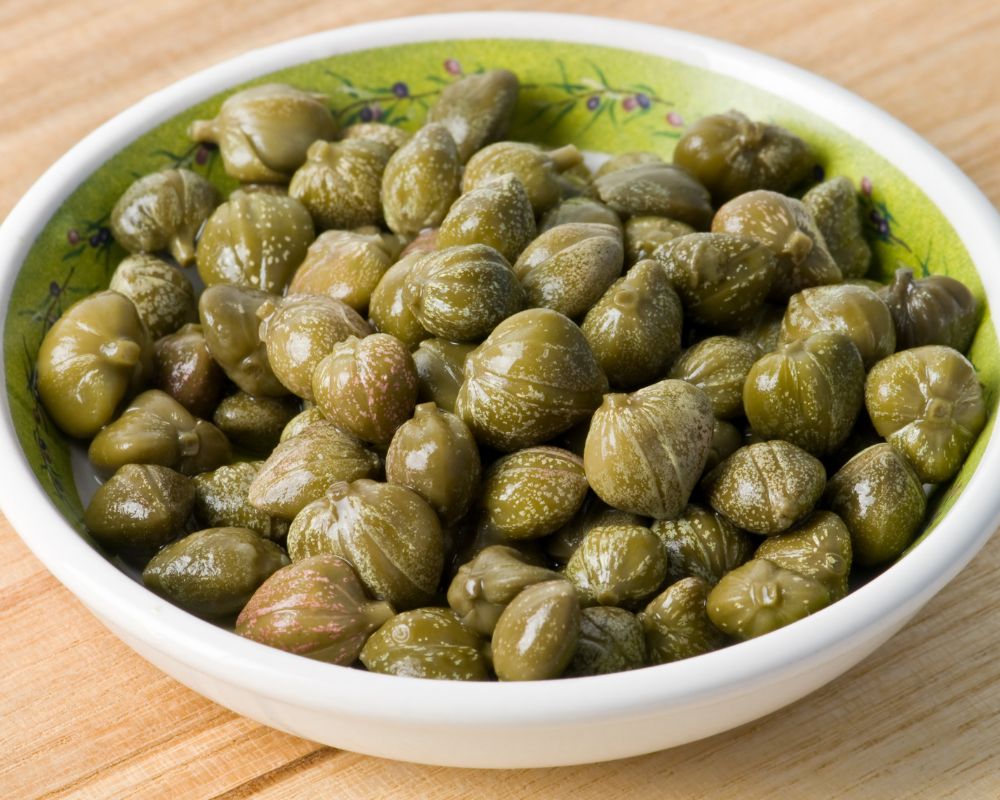
If you don’t have the brined green peppercorns, you can make do with capers following a 1:1 ratio. Also, typically brined, they add sour and salty flavor to a dish. They’re commonly used as a replacement when making condiments and dressings.
6. Chili Powder
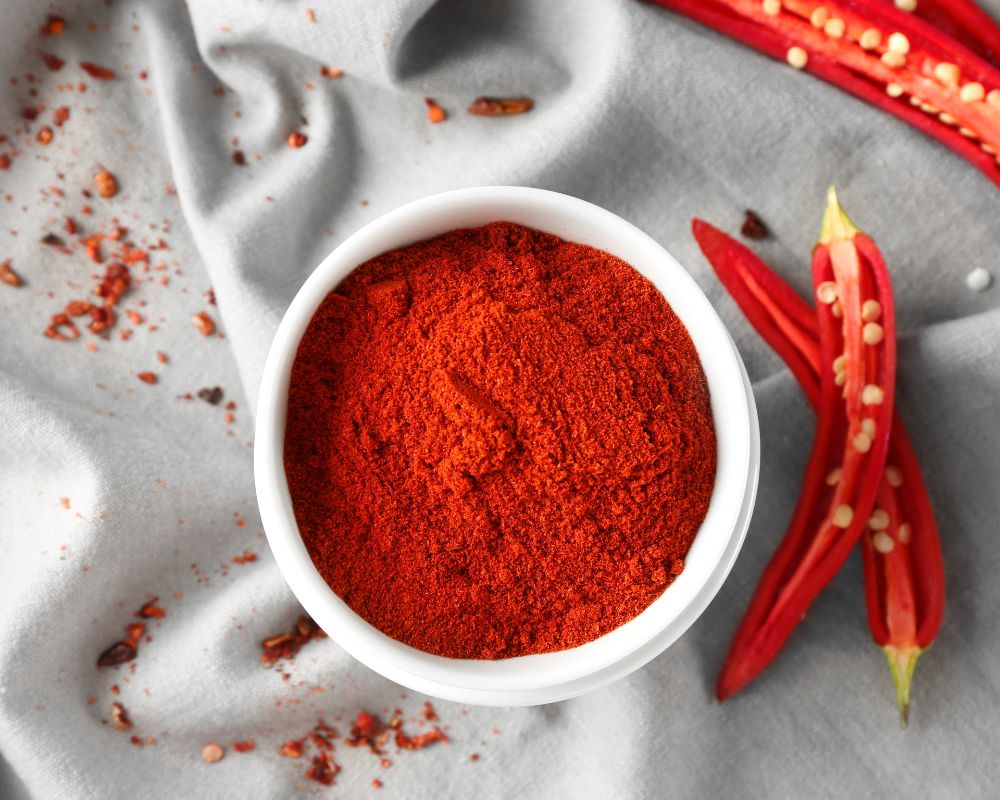
Chili powder — which also goes by the name red chili, red pepper, paprika, and hot pepper in the culinary world — has 500 to 1,500 Scoville heat units. The Scoville scale measures the concentration of capsaicin, the chemical responsible for the heat sensation.
Spice up your dish with this black pepper replacement following a 1:⅛ ratio.
Apart from being an alternative to black peppercorns, it also works as a cayenne pepper substitute (½:1 ratio). If you don’t have the powder version, consider grinding red pepper flakes.
7. Allspice
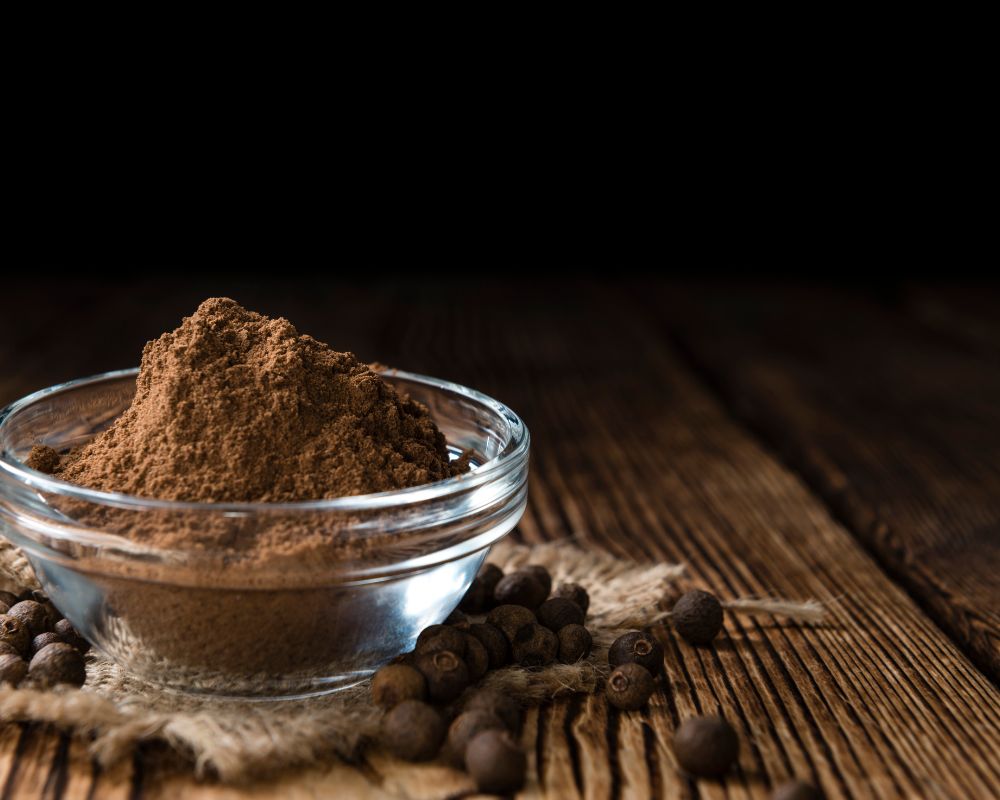
Use allspice to give your dish some spiciness if you don’t have peppercorns. However, remember that this spice blend has notes of cloves, cinnamon, and nutmeg, so it might not be the best alternative in many recipes. It’s commonly used in Caribbean and Middle Eastern dishes.
8. Cayenne Pepper
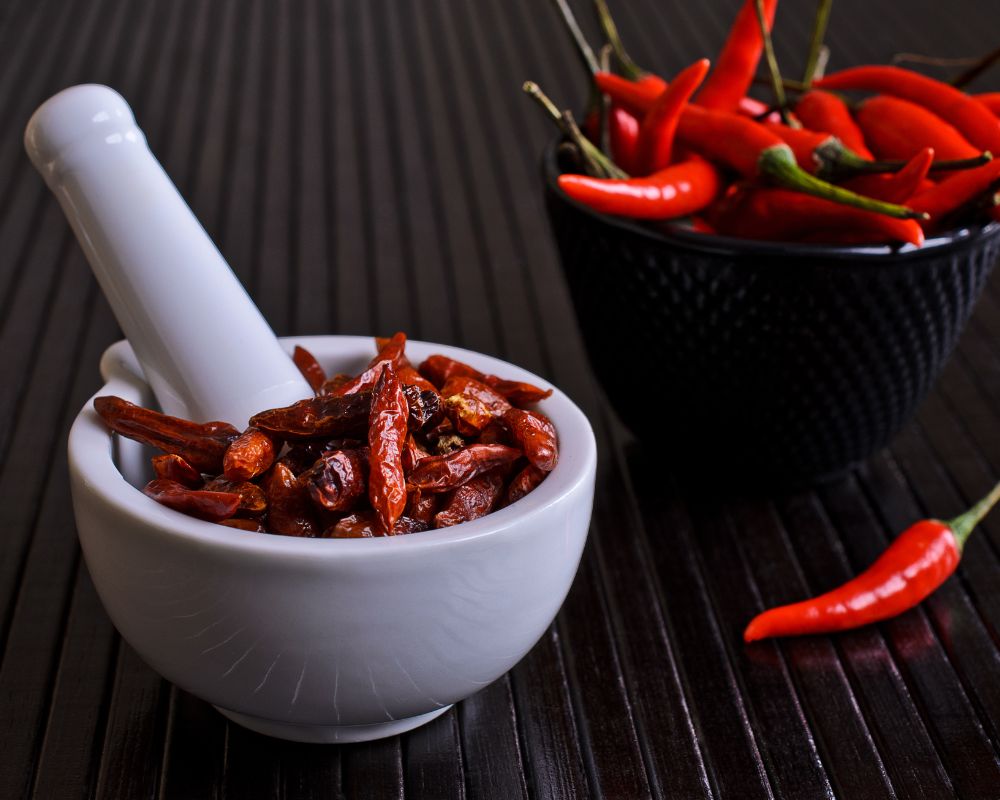
In place of ½ teaspoon black pepper, use ⅛ teaspoon cayenne pepper — a sweet spice with a subtle smokiness. Cayenne also provides a good substitute for Gochugaru or Korean chili flakes (using a 1:½ ratio). This spice is a staple in famous Korean dishes such as kimchi.
What are the most common substitutes for white pepper?
You can depend on these commonly used substitutes if you can’t use white pepper.
- Black peppercorns
- Ground ginger
- Ground mustard
- Green peppers/chiles
- Turmeric powder
- Hot paprika powder
- Cayenne powder
- Ground cumin
| Black peppercorns | Black peppercorns are ideal replacement for multiple dishes |
| Ground ginger | Similar flavor profile to white pepper, great for salad dressings |
| Ground mustard | Has a fresh aroma and distinctive, strong flavor, good for salads and sauces |
| Green peppers/chiles | Great for adding a pop of green to dips, stir-fries, and soups |
| Turmeric powder | Offers peppery and earthy flavors, can color your food golden yellow |
| Hot paprika powder | Can be hot, smoked, or sweet; use the hot version to add that spicy kick to your dishes |
| Cayenne powder | This spice is hotter, adds a red hue to dishes |
| Ground cumin | Aromatic seasoning with warm and citrus notes, used for stews, soups, meat, and vegetables |
1. Black Peppercorns

You can always replace black peppercorns with white ones and vice versa. Just keep in mind that the dashes of black pepper can affect the aesthetics of light-colored recipes that call for white peppercorns.
2. Ground Ginger

Ground ginger shares a similar flavor profile to white pepper, with some hints of floral and citrus. It is a great substitute when cooking curries and soups and preparing salad dressings. Substitute with a 1:½ ratio.
3. Ground Mustard
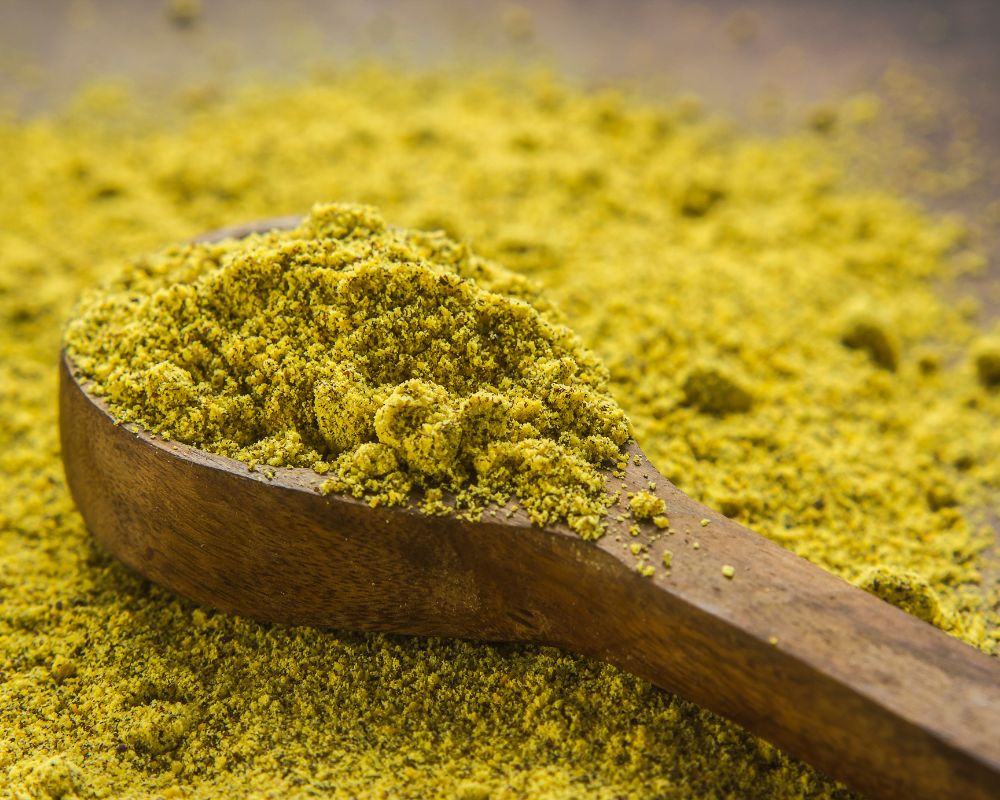
Mustard in powdered form has a fresh aroma and distinctive, strong flavor that provides a great counterbalance to cheese, butter, and other rich ingredients. It’s a perfect swap when dressing a salad or whipping up a sauce. Follow a 1:¼ ratio.
4. Green Peppers/Chiles

If you want to add a pop of green to dips, stir-fries, and soups, this is the replacement to use. They add a tangy and mildly spicy flavor. For 1 teaspoon of white pepper, use 3/2 teaspoon of green chile.
5. Turmeric Powder
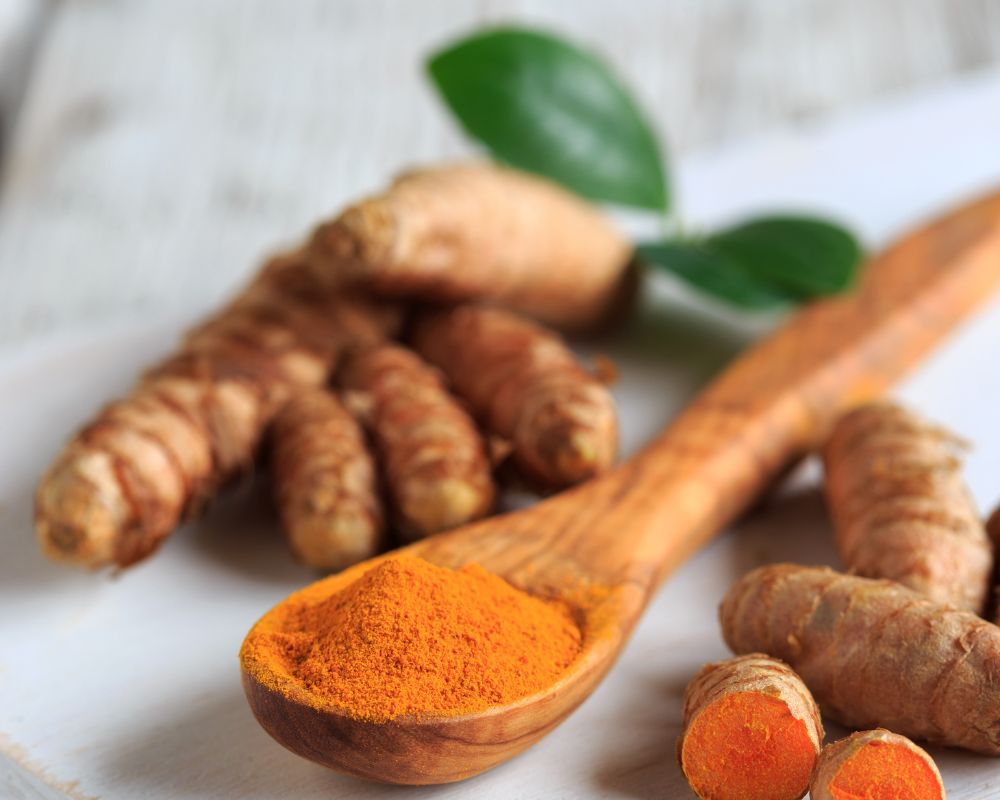
This powder offers peppery and earthy flavors to recipes, with some bitter notes. Like other intense spices in this selection, start with a smaller ratio — ½:1 — then adjust based on your preference. Turmeric can color your food golden yellow, so use it in recipes that can take that hue.
6. Hot paprika powder

Paprika can be hot, smoked, or sweet; use the hot version to add that spicy kick to your dishes if you don’t have white pepper. Consider using less hot paprika first as a swap (about ⅛ of the required amount); add if you want to level up the spiciness.
7. Cayenne Powder

Substitute ⅛ cayenne powder for every 1 teaspoon of white pepper since this spice is hotter. One advantage of this substitute is that it lends dishes a spicy-looking red hue.
8. Ground Cumin
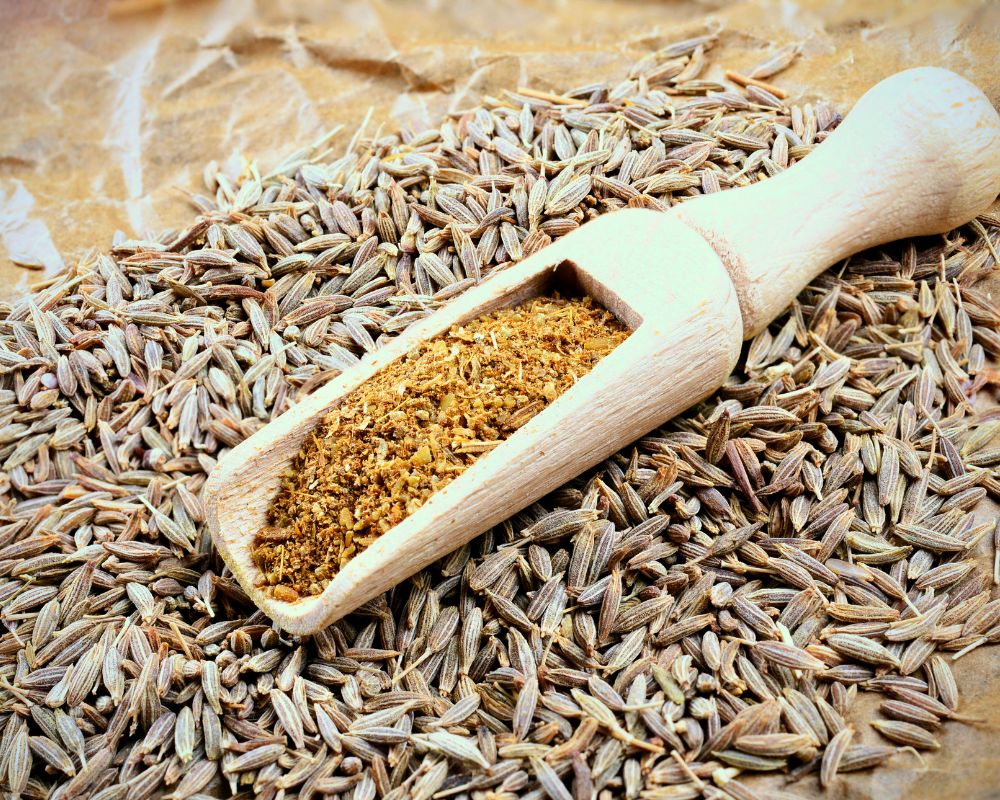
Though it’s not common, ground cumin — a mild, aromatic seasoning with warm and citrus notes — can be a white pepper substitute, following a 1:½ ratio. Use it to season stews, soups, meat, and vegetables.
What to use if you’re allergic to pepper?
Did you know that if you have a pepper allergy, you can use papaya seeds instead of peppers?
Papaya seeds have a black pepper-like flavor profile. To use them as a substitute, simply scoop them out and clean them with a kitchen towel.
Use a dehydrator or a fan-assisted oven to dry them (using the lowest temperature setting) to the point that they break apart when crushed. Use a spice grinder to mill them as you would a whole pepper.
You can practically use them in any recipe that requires black pepper following a 1:1 substitution ratio.
Create your own hot spice blend
Creating your own hot pepper spice blend at home is pretty straightforward.
First, you gather your peppers of choice (you can also add other ingredients like coriander seeds, cloves, onion powder, and garlic powder for a more complex flavor). If they’re all in ground form, simply mix all the ingredients in a bowl.
If not, use a blender or mortar and pestle to grind whole peppercorns. For capsicums, scoop out the seeds, clean them with a towel, and dry them using a dehydrator or an oven. Once you’ve grounded all ingredients, mix them up and store them in a dry place.

